Tag: hypothermia
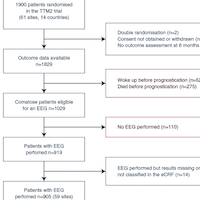
EEG Patterns for Predicting Poor Outcome After Cardiac Arrest
The specificity of the ERC-ESICM-recommended EEG patterns for predicting poor outcome after cardiac arrest exceeds 90% but is lower than in previous studies, suggesting that large-scale implementation may reduce their accuracy.... read more
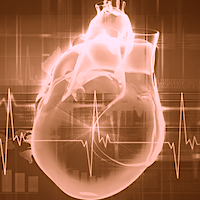
ECPR for Hypothermic Refractory Cardiac Arrests in Temperate Climates
Accidental hypothermia designates an unintentional drop in body temperature below 35 °C. There is a major risk of ventricular fibrillation below 28 °C and cardiac arrest is almost inevitable below 24 °C. In such cases,... read more
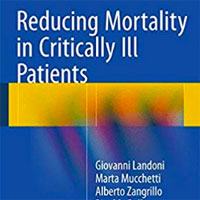
Reducing Mortality in Critically Ill Patients
This book describes the techniques, strategies, and drugs that have been demonstrated by multicenter randomized trials to influence survival in critically ill patients, defined as those who have acute failure of at least... read more
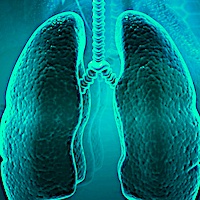
Postoperative Pulmonary Complications in the ENIGMA II Trial
Respiratory complications remain among the most common and serious adverse outcomes of major surgery. In the Australian and New Zealand Audit of Surgical Mortality, postoperative pneumonia accounted for 44% of infective... read more
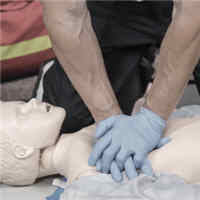
The 1,3,5 Approach to Pediatric Cardiac Arrest
While pediatric cardiac arrests are thankfully rare, their shock waves can seem incalculable. Several studies have outlined the mental health toll that these events can have on everyone involved. There is an appreciable... read more

ERC-ESICM Guidelines on Temperature Control After Cardiac Arrest in Adults
The aim of these guidelines is to provide evidence‑based guidance for temperature control in adults who are comatose after resuscitation from either in-hospital or out-of-hospital cardiac arrest, regardless of the underlying... read more
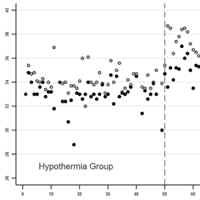
Hypothermia and Health-related Quality of Life Among Pediatric Cardiac Arrest Survivors
Out-of-hospital or in-hospital cardiac arrest treated with therapeutic hypothermia was associated with higher health-related quality of life scores despite having association with higher lactate and lower pH after resuscitation.... read more
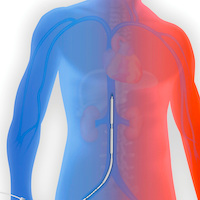
Targeted Temperature Management in Adult Cardiac Arrest
Among adult patients with cardiac arrest, the use of targeted temperature management at 32–34 °C, when compared to normothermia, did not result in improved outcomes in this meta-analysis. There was no effect of initiating... read more
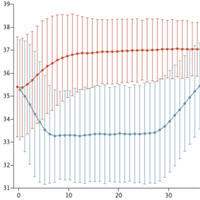
Hypothermia vs Normothermia for Out-of-Hospital Cardiac Arrest
Hypothermia was first introduced in 2002 by two studies, Bernard et al and The Hypothermia After Cardiac Arrest (HACA) trial. The latter, although a small trial, showed improved neurologic outcomes at six months when patients... read more

Effect of Moderate vs Mild Therapeutic Hypothermia on Mortality and Neurologic Outcomes in Comatose Survivors of Out-of-Hospital Cardiac Arrest
In comatose survivors of out-of-hospital cardiac arrest, a target temperature of 31 °C did not significantly reduce the rate of death or poor neurologic outcome at 180 days compared with a target temperature of 34 °C. However,... read more
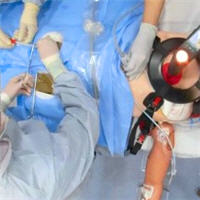
Should We Prolong the Observation Period for Neurological Recovery After Cardiac Arrest?
Up to 9.6% of cardiac arrest patients with favorable outcomes recover consciousness after the recommended 7 days of observation, indicating the observation time of 7 days seems justified but longer duration may be needed.... read more

Metabolic Disorders and Critically Ill Patients: From Pathophysiology to Treatment
Cellular metabolic abnormalities are responsible for systems and organ failures, so the modern approach of organ dysfunctions now includes prevention or treatment of such disorders. This book is a comprehensive tool, allowing... read more

Low Technology, Mild Controlled Hypothermia for Necrotizing Enterocolitis Treatment
Low technology, mild controlled hypothermia was feasible, not related to adverse effects, and effective treatment for NEC Modified Bell's Stage II/III. It avoided surgery, bowel perforation, and extensive intestinal resection;... read more
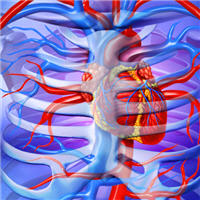
Outcome Related to Level of Targeted Temperature Management in Postcardiac Arrest Syndrome of Low, Moderate, and High Severities
Targeted temperature management at 33–34°C was associated with a significantly higher rate of a good neurologic outcome in the moderate-severity postcardiac arrest syndrome group, but not in the low- or high-severity group. A... read more




